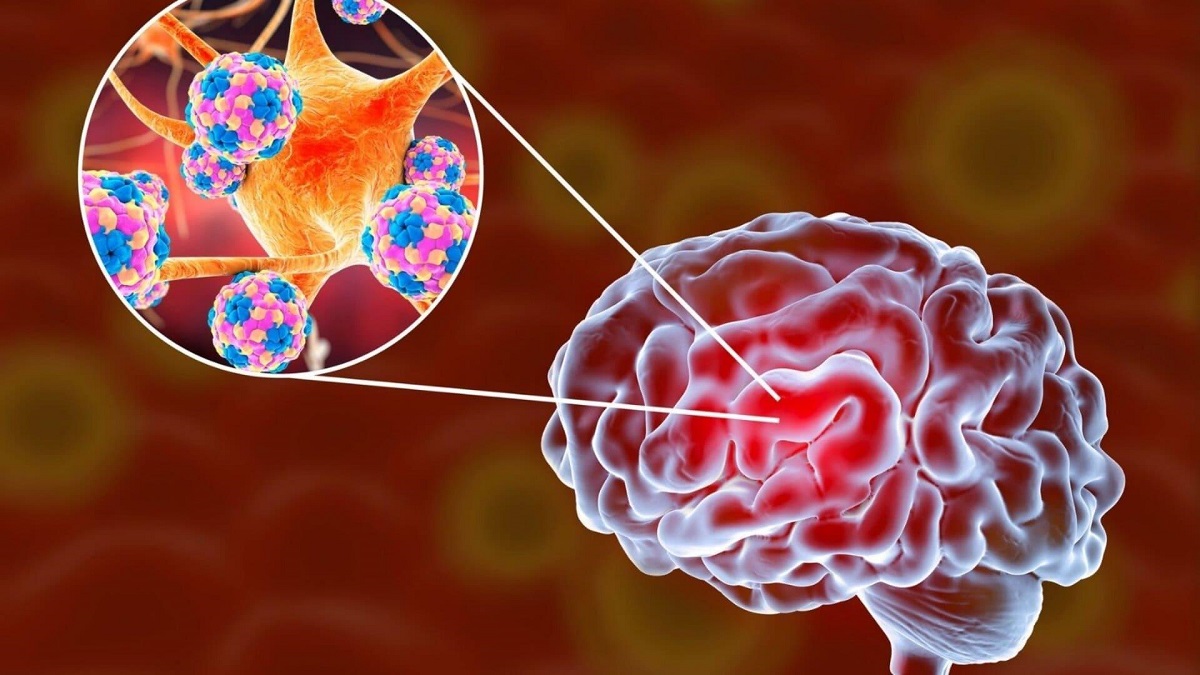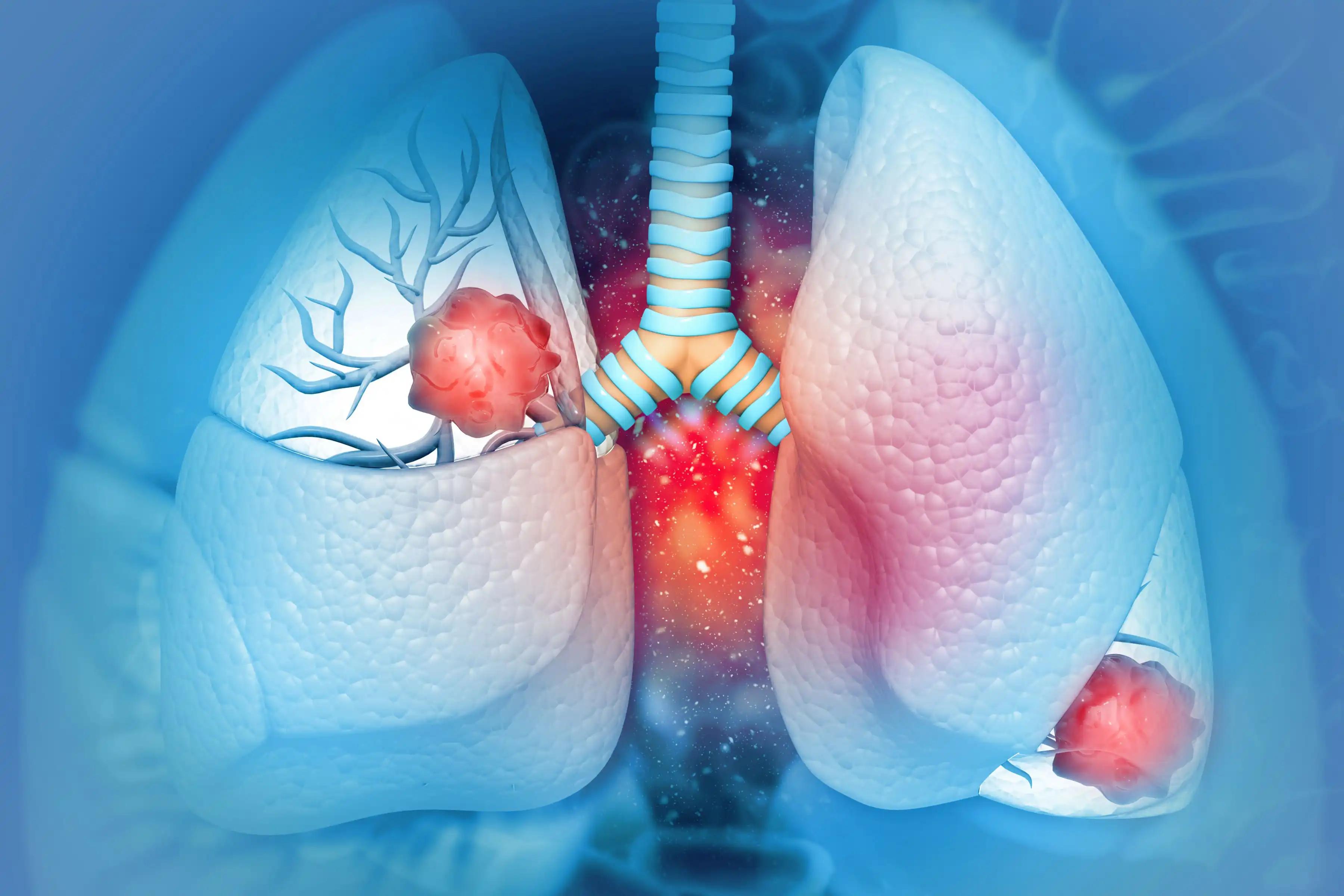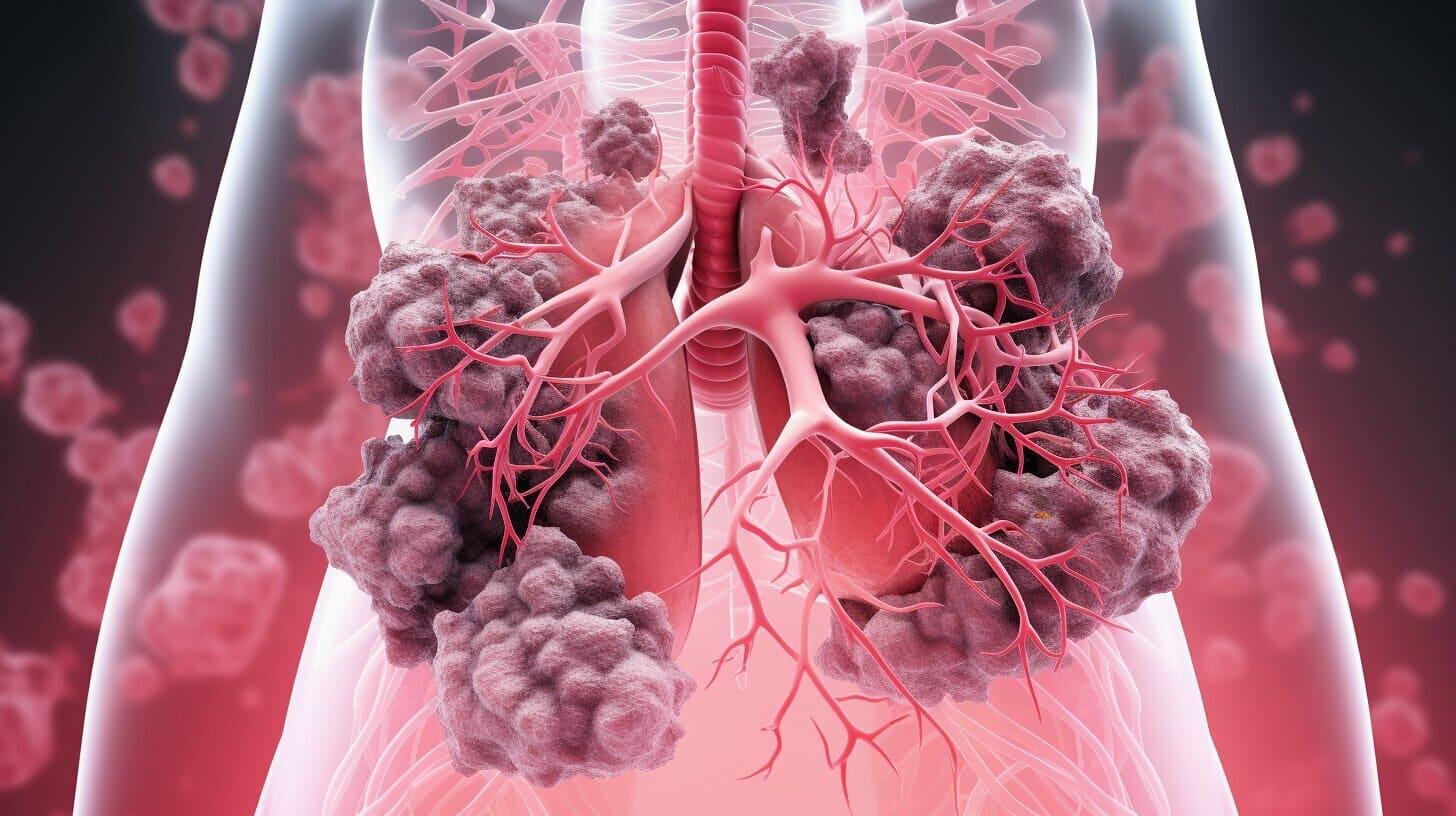KEY TAKEAWAYS
- The Phase III GOYA (NCT01287741) and Phase Ib/II CAVALLI studies investigated using obinutuzumab/ CHOP or rituximab-CHOP, and venetoclax+[G/R]-CHOP.
- The study’s primary aim was to evaluate the utility of NMF in conjunction with targeted sequencing platforms for identifying prognostic subsets of DLBCL patients.
- The clinical associations of MYD88/CD79B and BCL2/EZH2 groups were similar to those described in previous NMF studies.
- The study demonstrated the potential for targeted sequencing and NMF to identify DLBCL patients more likely to benefit from venetoclax therapy.
Diffuse large B-cell lymphoma (DLBCL) is a complex disease that can be broken down into several distinct molecular subtypes. Prior work has applied non-negative matrix factorization (NMF) to whole exome sequence data, identifying six distinct molecular clusters in DLBCL that may have clinical significance. Here, we used NMF-clustering on targeted sequencing data from the Phase III GOYA (NCT01287741) and Phase Ib/II CAVALLI studies (NCT02055820) in patients with newly diagnosed DLBCL. For 423 patients in GOYA (obinutuzumab [G]-cyclophosphamide, doxorubicin, and prednisone [CHOP] vs. rituximab [R]-CHOP) and 86 patients in CAVALLI (venetoclax+[G/R]-CHOP), data on biopsies, survival, RNA-Seq, and targeted exome-sequencing was available.
Four of the six groups previously reported, MYD88/CD79B, BCL2/EZH2, NOTCH2/TNFAIP3, and no mutations were observed when the NMF algorithm was applied to samples from the GOYA study analyzed using a comprehensive genomic profiling platform. Similarities were found between the MYD88/CD79B and BCL2/EZH2 groups regarding mutation profiles, cell-of-origin subset distributions, and clinical associations compared to previous descriptions of NMF.
In contrast, the CAVALLI study’s application of NMF only produced three groups: MYD88/CD79B-, BCL2/EZH2-like clusters, and a no mutations group, with a trend towards better outcomes for BCL2/EZH2 than MYD88/CD79B. Using NMF with targeted sequencing platforms helps determine which patients belong to which prognostic subsets. Targeting sequencing and NMF may identify patients more likely to benefit from venetoclax therapy.
The trend towards improved overall survival in the BCL2/EZH2 group is consistent with the mechanism of action of venetoclax.
Source: https://pubmed.ncbi.nlm.nih.gov/35236331/
Clinical Trial:https://clinicaltrials.gov/ct2/show/NCT01287741
Kim E, Jiang Y, Xu T, Bazeos A, Knapp A, Bolen CR, Humphrey K, Nielsen TG, Penuel E, Paulson JN. Prognostic mutational subtyping in de novo diffuses large B-cell lymphoma. BMC Cancer. 2022 Mar 3;22(1):231. doi: 10.1186/s12885-022-09237-5. PMID: 35236331; PMCID: PMC8892802.









